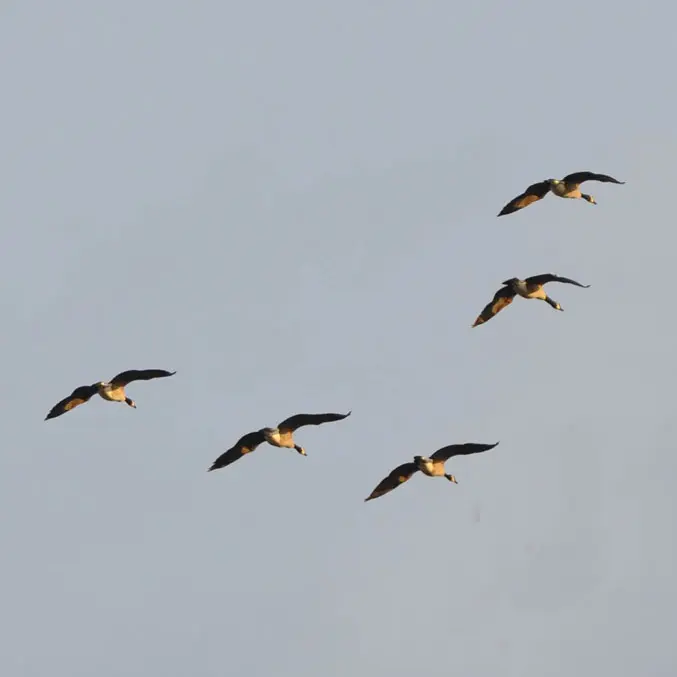GRAFTON — Walkers heading up the road through the quiet woods to the Grafton Peace Pagoda can see a green and white sign — a reminder they are on sacred Mohican land.
About 240 acres of land held by Nippozan Myohoji-Grafton Peace Pagoda will be transferred to the Stockbridge-Munsee Community Band of the Mohican Indians, who were forced to head west more than 200 years ago, finally settling in Wisconsin.
Not only are these acres in the heart of the original Mohican homeland, but they also contain the remains of the nation’s ancestors, who were repatriated from the State Museum and buried at the Japanese Buddist Temple site, said Jun Yasuda, a Buddhist nun.
“The tribe intends to steward, protect and preserve the sacred site our ancestors still occupy. This success story about ‘land back’ demonstrates that adopting Indigenous land stewardship practices and returning land back to Indigenous people is not only beneficial to all, but possible,” said Shannon Holsey, president of the Stockbridge-Munsee Band of the Mohican Indians, in a statement to the Times Union
Mohicans said they appreciate the generosity of the Grafton Peace Pagoda in making the gift. The land donation will be recognized during the Grafton Peace Pagoda 30th Anniversary Ceremony from 11 a.m. to 1 p.m. Saturday at the temple and pagoda grounds at 87 Crandall Road. A Mohican dance group will perform the traditional Round Dance.
The land in Grafton is the second time in two months that the Mohicans have seen land returned. At the end of August, Massachusetts gave the Mohicans $2.26 million to reclaim 351 acres of land at Monument Moutain near Stockbridge in the Berkshires.
In 2021, the Open Space Institute donated the 156-acre Papscanee Island Nature Preserve in East Greenbush and Schodack to the Mohicans.
The land-back movement across the country aims to return lands used by the original tribes during the time when European colonists arrived.
“Land Acknowledgements” are a small positive step, but more is needed, including ways to return and restore lands to Indigenous nations. Once back in the hands of Native peoples, these lands can provide benefits to not only the environment but also educate the world on its original occupants, instead of being relegated to past-tense people,” Holsey said.
When Yasuda arrived in the U.S. in 1978, she joined “The Longest Walk,” organized by Native Americans to walk from San Francisco to Washington D.C. to seek justice and educate non-Indians about culture and spiritual life. Yasuda became involved with Native Americans and would eventually come to know Dennis Banks, a co-founder and leader of the American Indian Movement.
Yasuda recalled how she would walk from the Onondaga Nation lands near Syracuse to Albany to make a vigil for Banks. This brought her to the attention of Hank Hazelton, who donated the land for the peace pagoda. Yasuda said the donation of the land to the Mohicans is in keeping with Hazelton’s support for Native Americans.
“This is a native place,” Yasuda said. “This is Mohican territory.”
By Kenneth C. Crowe II
Updated Oct 6, 2023 1:26 p.m.

